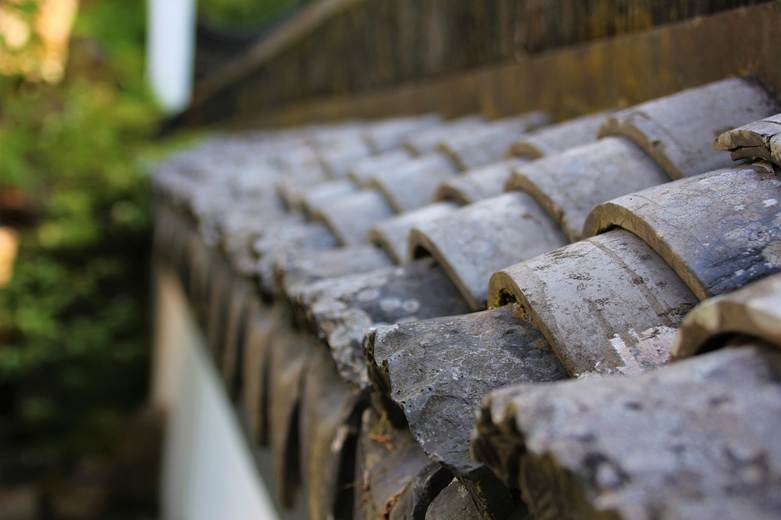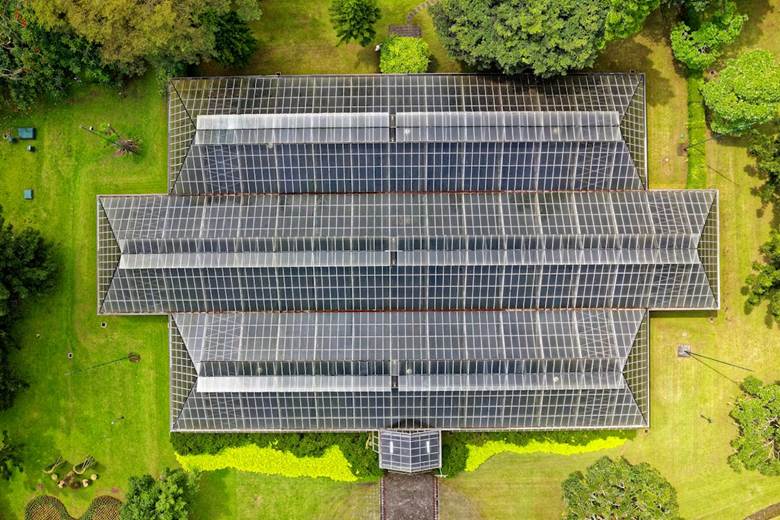Roofs play a pivotal role in safeguarding properties, yet their longevity often remains overlooked. For property managers, understanding the intricacies of roof lifespan can lead to better maintenance decisions and cost-saving strategies. This article explores essential aspects of roof longevity, including materials, maintenance practices, inspection timelines, and environmental impacts.

Understanding Roof Materials
Selecting the right roofing material significantly influences durability and lifespan. Common options include asphalt shingles, metal roofing, tile, and membranes. Asphalt shingles are popular, known for affordability and ease of installation. They typically have a lifespan of 15 to 30 years, depending on quality. On the other hand, metal roofs can last 40 to 70 years, offering higher durability with increased upfront costs.
Tile roofs, made from materials such as clay or concrete, are renowned for their longevity, often lasting over 50 years. They require proper installation to prevent leaks and damage. In comparison, single-ply membranes are ideal for flat roofs, with lifespans ranging from 20 to 30 years. Each material presents unique advantages, influencing long-term maintenance and repair strategies for property managers.
Inspection Periods
Establishing an effective inspection routine is crucial for managing roof longevity. Inspections should not be limited to visible damage; a comprehensive evaluation helps identify potential hazards underlying the surface. Whether you work with local Leesburg roofing contractors, ones in Kingston, or anywhere else, they can provide expertise in assessing wear, material degradation, and structural integrity. Frequency is key—conduct inspections at least biannually.
Harsh weather events like storms, heavy snowfall, or extreme heat warrant additional inspections. Attention during these periods can often prevent serious damage later on. A detailed report from each inspection will allow property managers to address issues immediately, maintain the integrity of the roofing system, and ensure tenant satisfaction.
Routine Maintenance Practices
Regular maintenance significantly contributes to prolonging a roof’s lifespan. This includes clearing debris, inspecting flashings, cleaning gutters, and resealing any potential leaks. A proactive approach can identify minor issues before they escalate into substantial problems. Scheduling inspections at least twice a year—preferably in spring and fall—allows issues to be addressed promptly.
Roofs generally suffer from wear and tear due to various weather conditions, highlighting the need for constant vigilance. As part of maintenance, it’s beneficial for property managers to document inspections and repairs. Keeping a thorough record aids in understanding a roof’s history and assists in making informed decisions about future repairs or replacements. Regular check-ups can uncover early signs of wear, significantly enhancing roof longevity while avoiding costly surprises.
Environmental Factors Impacting Longevity
Weather conditions are a significant factor affecting the durability of roofs. Areas with heavy rainfall can lead to water pooling and increased moisture exposure, potentially resulting in mold or rot. Conversely, extreme heat can cause materials to expand and contract, leading to fractures. Understanding local climate conditions assists property managers in selecting appropriate materials and maintenance strategies.
Location also plays a role in environmental damage. Properties situated in areas with heavy vegetation may require more frequent clearing of debris. Trees can drop branches and leaves, clogging gutters and promoting moisture retention. Assessing the surrounding environment statistically contributes to the proactive management of roofs, extending their service life.
Impact of Poor Installation
Choosing qualified contractors for installation remains a primary consideration. Poor installation can significantly shorten a roof’s life expectancy. A roof improperly installed may have misaligned seams, inadequate drainage, or missing flashing, leading to leaks and extensive damage over time.
This emphasizes the importance of hiring trusted professionals with solid reputations. Regular training and staying updated with industry standards can also be beneficial for property managers. Ensuring that roofing contractors adhere to best practices can prevent future issues and ensure reliability and longevity in roof performance.
Poor workmanship can also void manufacturer warranties, leaving property owners unprotected against costly repairs. Structural issues caused by improper installation may go unnoticed until major damage occurs. Taking time to verify licenses, insurance, and references is a smart first step toward avoiding installation pitfalls.

When to Replace a Roof
Recognizing when a roof needs replacement can be challenging. Signs such as visible sagging, widespread leaks, or extensive wear can indicate that repair is no longer feasible. Consistent maintenance records should inform decision-making; if repairs become frequent and cost-prohibitive, it might be time for replacement.
Comparing the age of the roof against its expected lifespan provides context. If an asphalt shingle roof approaches its 20-year mark and exhibits deterioration, it warrants serious consideration for replacement. A proactive approach not only saves money in the long run but also ensures tenant comfort and satisfaction. Understanding roof longevity empowers property managers to make informed decisions about maintenance and repairs.
By focusing on key aspects such as materials, inspections, maintenance practices, and environmental impacts, managers can significantly extend their roof's lifespan while minimizing costs.









